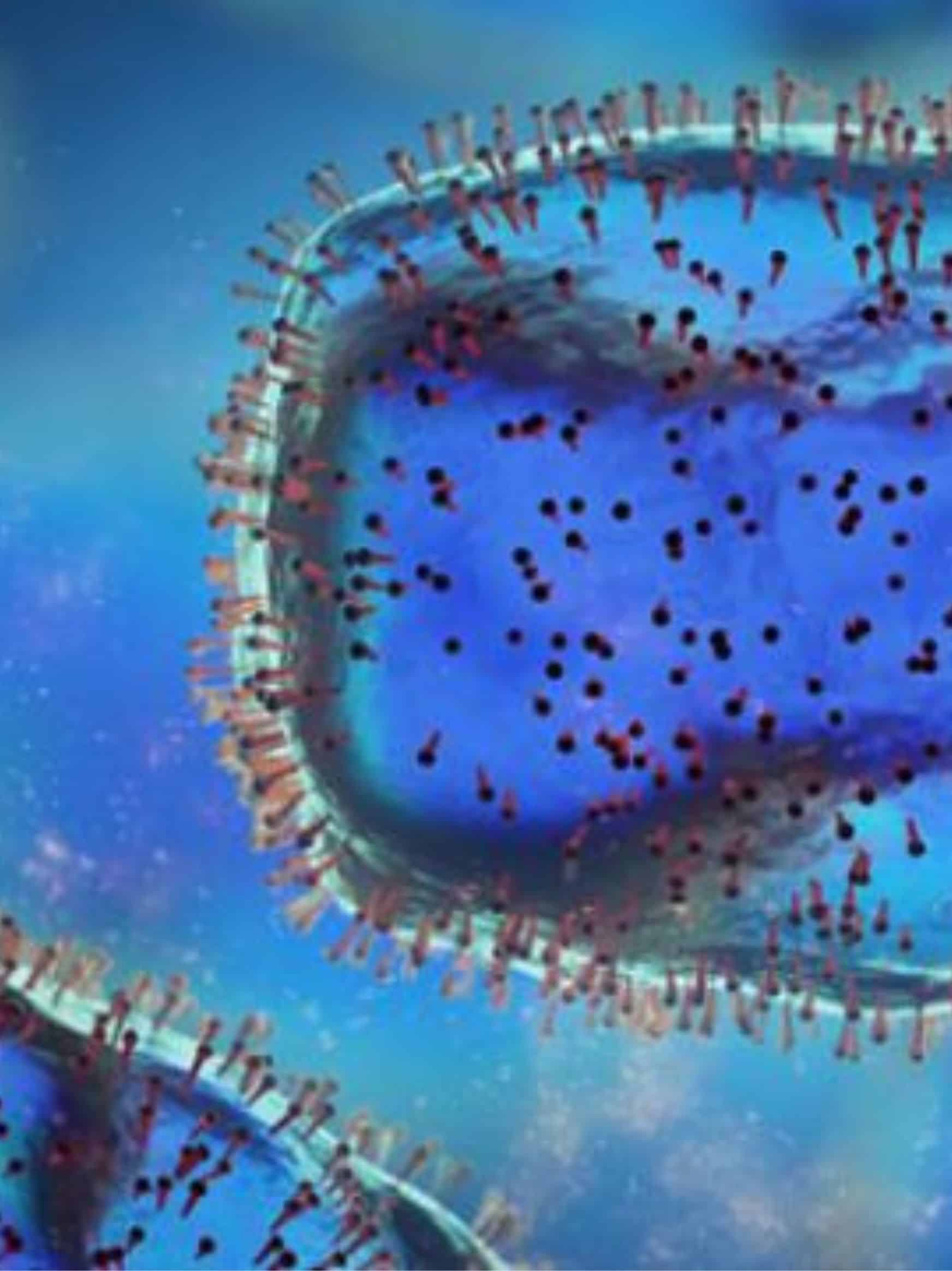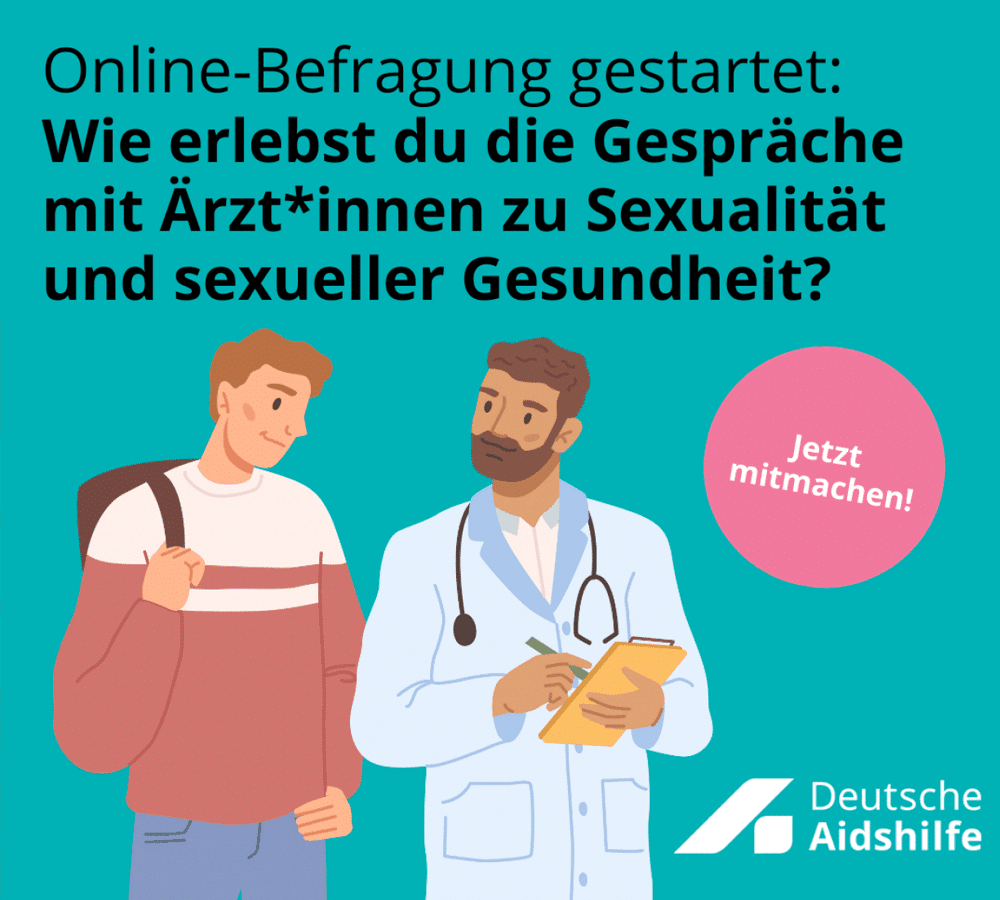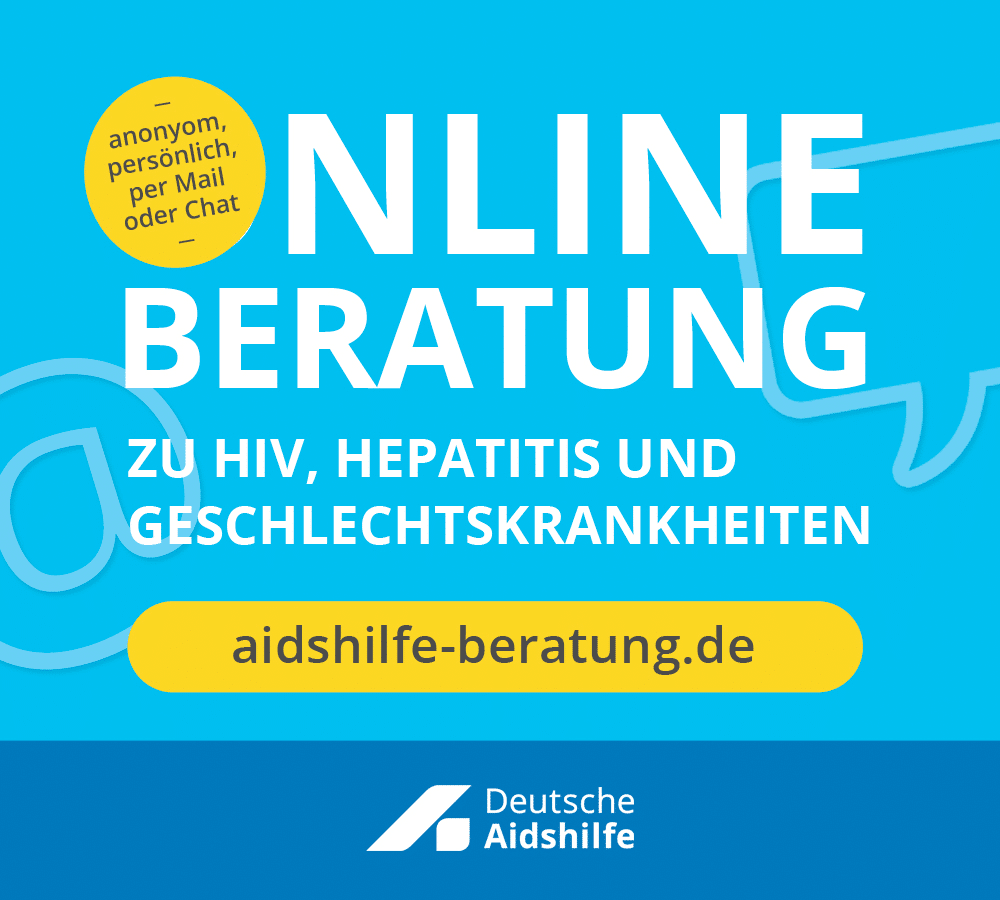... not even among gay men. Robert Koch Institute: Other sexually transmitted infections increase the risk of HIV

The number of new HIV infections has remained stable this year - as it did in 2009. A total of around 3,000 people were infected, 2,200 (73 per cent) of whom were men who have sex with men. This was announced today by the Robert Koch Institute. According to this estimate, around 760 people contracted AIDS this year and 550 died as a result.
Thanks to the good HIV therapies that are now available, people infected with HIV now live much longer with the virus than they used to. This is why the number of people with HIV in Germany is increasing: there are currently around 70,000. A good three quarters are aware of their infection - the others have not yet received a positive test result.
For the first time, the Robert Koch Institute also announced how many positive people are taking HIV medication. It is estimated to be 40,000, i.e. around 75 per cent of those who know about their infection. HIV therapy is not normally started immediately after HIV diagnosis, but only when certain blood values (viral load, helper cells) exceed a critical limit.
In its press release, the Robert Koch Institute also looks again at the question of why the number of infections among gay men had risen by 2007. One of the reasons: other sexually transmitted infections, especially syphilis. Because they cause inflammation, they increase both the risk of passing on HIV and the risk of becoming infected. This is because where there is inflammation, HIV-positive people accumulate a particularly large number of HIV-infected cells. In negative people, HIV can enter the body more easily through certain cells that are attracted to inflammation.
Other sexually transmitted infections also increased in the period mentioned. Here, too, the RKI cites an important reason: some men skip condoms if they believe that their partner has the same HIV status as they do. On the one hand, this can go wrong, as you are not always correct in your assessment of HIV. At the same time, other infections can be transmitted more easily without condoms. (You can find more information on this topic on our pages about safer sex at "Myths and facts" and in the Area on sexually transmitted infections.)
Back to the new HIV infections in 2010: the remaining transmissions occurred through heterosexual contact (19 per cent, 580 cases) and through shared syringes when injecting drugs (5.7 per cent, 170 cases).
(Holger Wicht)
Press release of the Robert Koch Institute
Epidemiological Bulletin, Number 46 of 22 November 2010









